Post-war Soviet anti-aircraft artillery. Part 2
In the USSR, despite numerous design work in the prewar and wartime, anti-aircraft guns with a caliber larger than 85-mm were not created. Increasing the speed and altitude of the bombers created in the west required urgent action in this direction.
As a temporary measure, it was decided to use several hundred captured German anti-aircraft guns of caliber 105-128-mm. At the same time, efforts were made to create 100-130-mm anti-aircraft guns.
In March, the 1948-mm anti-aircraft gun model 100 of the year (KS-1947) was put into service. It provided combat against air targets that had a speed of up to 19 km / h and a height of up to 1200 km. All elements of the complex in a combat position are interconnected by an electrically conducting connection. The gun is directed to the preemptive point by the GAS-15 hydropower actuator from PUAZO, but there is the possibility of manual guidance.
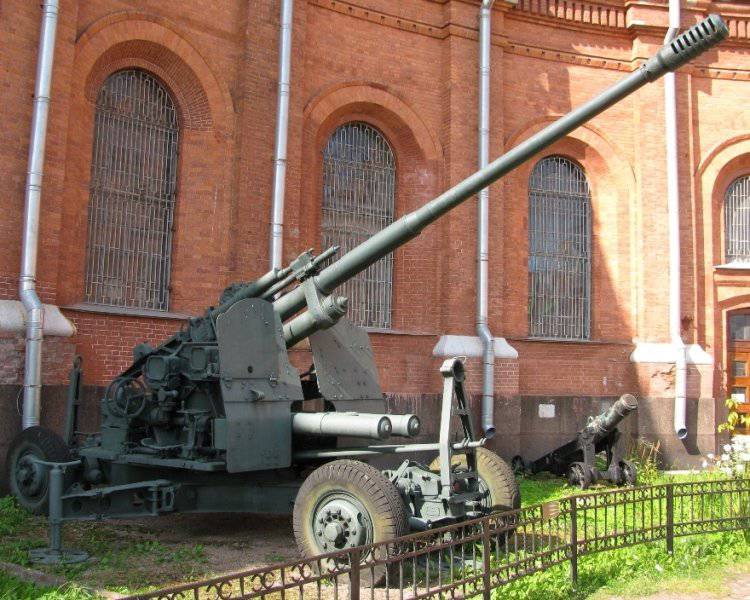
The gun KS-19 mechanized: setting the fuse, filing the cartridge, closing the shutter, firing, opening the shutter and extracting the sleeve. The rate of fire 14-16 shots per minute.
In the 1950 year, in order to improve the combat and operational properties, the gun and the hydro-power drive were upgraded.
The GSP-100M system designed for automatic remote pickup in azimuth and elevation angle of eight or less KS-19М2 guns and automatic input of values for fuse installation according to PUAZO data.
The GSP-100M system provides manual guidance across all three channels using indicator synchronous transmission and includes GSP-100М gun sets (according to the number of guns), a central distribution box (CRL), a set of connecting cables, and a battery-giving device.
The power supply source for GSP-100M is a standard power supply station SPO-30, which produces three-phase current with voltage 23 / 133 V and frequency 50 Hz.
All guns, SPO-30 and PUAZO are located within a radius of not more than 75 m (100 m) from the CJL.
The KS-19 gun-tracking radar - СОН-4 is a two-axle towed van, on the roof of which a rotating antenna is installed in the form of a circular parabolic reflector with a diameter of 1,8 m with asymmetric rotation of the radiator.
Had three modes of operation:
- all-round view for target detection and monitoring of the air situation using the circular view indicator;
- manual antenna control for detecting targets in the sector before switching to automatic tracking and for rough determination of coordinates;
- automatic tracking of the target by angular coordinates for accurate determination of the azimuth and angle together in automatic mode and the slant range in manual or semi-automatic way.
The detection range of the bomber when flying at an altitude of 4000 m - not less than 60 km.
Accuracy of determining coordinates: in range 20 m, in azimuth and elevation: 0-0,16 da.
From 1948 to 1955, the 10151 guns of the KS-19 were manufactured, which, before the advent of the air defense system, were the main means of fighting high-altitude targets. But the massive adoption of anti-aircraft guided missiles was not immediately displaced by the KS-19. In the USSR, anti-aircraft batteries armed with these guns existed at least until the end of the 70s.
KS-19 were delivered to friendly USSR countries and participated in Middle Eastern and Vietnamese conflicts. Part of the decommissioned 85-100-mm guns were transferred to the avalanche services and used as hailstorms.
In 1954, the mass production of the 130-mm anti-aircraft gun KS-30 began.
The gun had accessibility in height - 20 km, in range - 27 km. Fire Rate - 12 shots / min. The loading is separate-sleeve, the weight of the loaded sleeve (with charge) is 27,9 kg, the weight of the projectile is 33,4 kg. Weight in the fighting position- 23500 kg. Weight in the stowed position - 29000 kg. Calculation - 10 people.
To facilitate the work of calculating this anti-aircraft gun, a number of processes were mechanized: installing a fuse, pulling out a tray with shot elements (projectile and equipped sleeve) on the loading line, sending elements of the shot, closing the shutter, producing a shot and opening the shutter with extracting the spent sleeve. The gun is guided by hydraulic servo drives synchronously controlled by PUAZO. In addition, semi-automatic aiming can be carried out on the indicator devices by manual control of hydraulic actuators.
The production of the KS-30 was completed in the 1957 year, a total of 738 guns were produced.
The KS-30 anti-aircraft guns were very cumbersome and limited in mobility.
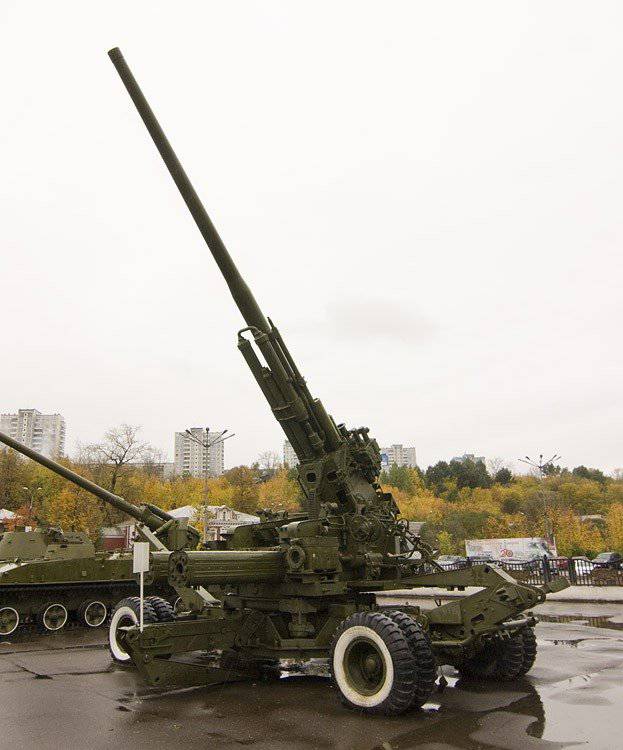
They covered important administrative and economic centers. Often the guns were placed on stationary concreted positions. Before the advent of the C-25 “Berkut” air defense system, about a third of the total number of these guns was located around Moscow.
On the basis of 130-mm KS-30 in 1955, the 152-mm anti-aircraft gun KM-52 was created, which became the most powerful domestic anti-aircraft artillery system.
To reduce the impact of KM-52 equipped with a muzzle brake, the effectiveness of which was 35 percent. The wedge wedge horizontal execution, the shutter work is carried out from the energy of the roll. An anti-aircraft gun was equipped with a hydropneumatic recoil brake and a knurler. The wheel travel with a carriage is a modified version of the KS-30 anti-aircraft gun.
The mass of the gun - 33.5 tons. Accessibility in height - 30km, in range - 33 km.
Calculation-12 people.
Charging separately-sleeve. The power and supply of each of the elements of the shot was carried out independently by mechanisms located on both sides of the barrel - on the left for projectiles and on the right for shells. All drives of power and feed mechanisms were driven by electric motors. The store was a horizontal conveyor with an endless chain. The shell and the sleeve were located in stores perpendicular to the plane of fire. After the automatic fuse installer has triggered, the projectile feeder feed tray moved the next projectile to the discharging line, and the liner supply feeder tray moved the next projectile to the discharging line behind the projectile. The layout of the shot took place on the line dropping. The shipment of the collected shot was made by a hydropneumatic rammer, cocked when reeling. The shutter was closed automatically. 16-17 rate of fire per minute.
The gun successfully passed the test, but it was not launched into a large series. In 1957, a batch of 16 KM-52 cannons was manufactured. Of them formed two batteries stationed in the Baku region.
During World War II, there was a “difficult” for anti-aircraft guns level heights from 1500 m to 3000. Here the planes were not very accessible for light anti-aircraft guns, and for heavy anti-aircraft artillery guns this height was too small. In order to solve the problem, it seemed natural to create anti-aircraft guns of some intermediate caliber.
The 57-mm C-60 anti-aircraft gun was developed at TsACB under the direction of VG Grabin. Mass production of the gun was launched in 1950 year.
Automation C-60 worked by the recoil energy with a short recoil of the barrel.
Power guns - shop, in the store 4 cartridge.
Brake recoil hydraulic spindle type. The balancing mechanism is spring, swinging, pulling type.
On the platform of the machine are the table for the holder with the chamber and three seats for the calculation. When shooting with an eye on the platform, there are five men of calculation, and with a PUAZO operating - two or three people.
The course of the carriage is non-separable. Suspension torsion. Wheels from a ZIS-5 truck with a spongy filling of tires.
The mass of the gun in the combat position-4800 kg, Rate of fire - 70 shots / min. The initial velocity of the projectile is 1000 m / s. Projectile weight - 2,8 kg. Reachability in range - 6000 m, in height - 4000 m. The maximum speed of the air target is 300 m / s. Calculation - 6-8 people.
The battery set of servo drives ESP-57 was intended for aiming at the azimuth and elevation angle of the battery 57-mm guns C-60, consisting of eight or less guns. When firing, the PUAZO-6-60 and the CON-9 radar-tracking radar, and later the RPA-1 “VAZ” radar instrument were used. All the tools were located at a distance of no more than 50 m from the central distribution box.
With the drives ESP-57 it was possible to carry out the following types of gun aiming:
- automatic remote aiming of battery guns according to PUAZO data (the main type of aiming);
- semi-automatic aiming of each gun according to the automatic anti-aircraft sight;
- manual aiming of battery guns according to PUAZO data with the help of zero-indicators of precise and coarse readings (indicator type of pickup).
The baptism of fire C-60 adopted during the Korean War in 1950 — 1953. But the first pancake was a lump - the mass failure of guns immediately came to light. Some defects in the installation were noted: breaks of the extractor paws, clogging of the food store, failures of the balancing mechanism.
In the future, the non-stopping of the shutter on the automatic whisper, warping or jamming of the cartridge in the magazine during feeding, moving the cartridge further to the sending line, simultaneous feeding of two cartridges from the shop to the sending line, jamming of the barrel, extremely short or long rollbacks, etc. were also noted.
The design flaws of the C-60 were corrected, and the gun successfully shot down American aircraft.
Subsequently, the 57-mm C-60 anti-aircraft gun was exported to many countries of the world and was used several times in military conflicts. Guns of this type were widely used in the North Vietnamese air defense system during the Vietnam War, showing high efficiency when shooting at targets at medium altitudes, as well as by Arab states (Egypt, Syria, Iraq) in the Arab-Israeli conflicts and the Iran-Iraq war. Morally obsolete by the end of the 20th century, the C-60, in the case of massive use, is still capable of destroying modern fighter-bomber class planes, as was demonstrated during the 1991 Gulf War of the year, when Iraqi calculations from these cannons aircraft.
According to the Serbian military, they shot down several Tomahawks from these guns.
C-60 anti-aircraft guns were also manufactured in the People's Republic of China under the name Type 59.
Currently, in Russia, anti-aircraft guns of this type have been mothballed at storage bases. The last military unit armed with the C-60 was the 990 th anti-aircraft artillery regiment of the 201 th motorized rifle division during the Afghan war.
In 1957, based tank T-54 using S-60 assault rifles mass production of the ZSU-57-2 was started. Two guns were installed in a large tower open at the top, and the details of the right automaton were a mirror image of the details of the left automaton.
Vertical and horizontal guidance of the C-68 gun was carried out using an electro-hydraulic drive. The drive drive operated from a DC motor and engaged universal hydraulic speed controllers.
The ZSU's ammunition consisted of 300 cannon shots, of which 248 shots were loaded into cages and placed in a turret (176 shots) and in the forward part of the hull (72 shots). The remaining shots in the cage did not fit and fit into special compartments under a rotating floor. The filing of the clips was done manually charging.
In the period from 1957 to 1960, the year was released around 800 ZSU-57-2.
ZSU-57-2 was sent to the armament of anti-aircraft artillery batteries of tank regiments of two-troop composition, on a 2 installation in a platoon.
The combat effectiveness of the ZSU-57-2 depended on the skill of the crew, the training of the platoon commander and was due to the lack of radar in the guidance system. Effective fire to kill could be conducted only from a stop; shooting "from the course" on aerial targets was not provided.
The ZSU-57-2 was used in the Vietnam War, in the conflicts between Israel and Syria and Egypt in the 1967 and 1973 years, as well as in the Iran-Iraq war.
Very often during local conflicts ZSU-57-2 was used to provide fire support to ground units.
In 25, the 1960 mm ZU-23-23 installation was adopted to replace the 2-mm anti-aircraft machine guns with charge loading. It used shells used previously in aviation Volkova-Yartseva gun (VY). An armor-piercing incendiary projectile weighing 200 g., At a distance of 400 m, normally pierces 25 mm armor.
The ZU-23-2 anti-aircraft installation consists of the following main parts: two 23-mm 2А14 submachine guns, their machine, a platform with a stroke, lifting, turning and balancing mechanisms and an anti-aircraft automatic sight ZAP-23.
Power supply tape. The tapes are metal, each of them is equipped with 50 cartridges and is packed in a rapidly replaceable cartridge box.
The device is almost the same machine, differ only in the details of the feed mechanism. The right machine has the right power, the left - the left. Both machines are mounted in one cradle, which, in turn, is located on the upper machine gun carriage. On the basis of the upper lap carriage there are two seats, as well as a knob of the swivel mechanism. In the vertical and horizontal planes, guns are induced manually. The swivel handle (with brake) of the lifting mechanism is located on the right side of the gunner’s seat.
In the ZU-23-2, very successful and compact manual drives of vertical and horizontal pickup with a balancing mechanism of the spring type are used. Brilliantly designed units allow you to transfer trunks to the opposite side in just 3 seconds. The ZN-23-2 is equipped with an anti-aircraft automatic sight ZAP-23, as well as an optical sight T-3 (with 3,5-fold magnification and field of view 4,5 °), intended for firing at ground targets.
The installation has two triggers: a foot (with a pedal opposite the gunner’s seat) and a manual one (with a lever on the right side of the gunner’s seat). The fire from automatic weapons is conducted simultaneously from both barrels. On the left side of the trigger pedal there is a brake pedal of the rotating assembly.
Rate of Fire - 2000 shots per minute. Installation weight - 950 kg. Firing range: 1,5 km in altitude, 2,5 km in range.
Two-wheeled chassis with springs mounted on track rollers. In a combat position, the wheels are raised and deflected to the side, and the gun is mounted on the ground on three support plates. The trained calculation is able to transfer the memory from the traveling to the combat position in just 15-20 seconds, and back - for 35-40 seconds. If necessary, the charger-23-2 can fire from the wheels and even on the go - right when transporting the charger behind the car, which is extremely important for a transient combat collision.
Installation has excellent mobility. ZU-23-2 can be towed behind any army vehicle, since its mass in the stowed position along with covers and loaded cartridges is less than 1 t. The maximum speed is allowed up to 70 km / h and off-road to 20 km / h .
There is no standard antiaircraft fire control device (PUAZO), which provides data for firing at air targets (anticipation, azimuth, etc.). This limits the ability to conduct anti-aircraft fire, but makes the gun as cheap and affordable for soldiers with a low level of training.
The effectiveness of firing at air targets has been improved in the modification ZU-23М1 - ZU-23 with the Strelets set placed on it, which ensures the use of two domestic Igla-type MANPADS.
Installation ZU-23-2 received a rich combat experience, it is used in many conflicts, both on air and on ground targets.
During the period of the Afghan war, ZU-23-2 was widely used by Soviet troops as a means of fire cover when driving motorcade, in the form of installation on trucks: GAZ-66, ZIL-131, Ural-4320 or KAMAZ. The mobility of an anti-aircraft gun mounted on a truck, coupled with the possibility of firing at high elevation angles, proved to be an effective means of repulsing attacks on convoys in the highlands of Afghanistan.
In addition to trucks 23-mm installation was installed on a variety of chassis, both tracked and wheel.
This practice was developed during the “Counter-Terrorism Operation”, the ZU-23-2 was actively used to destroy ground targets. The ability to conduct intense fire was very useful in the conduct of hostilities in the city.
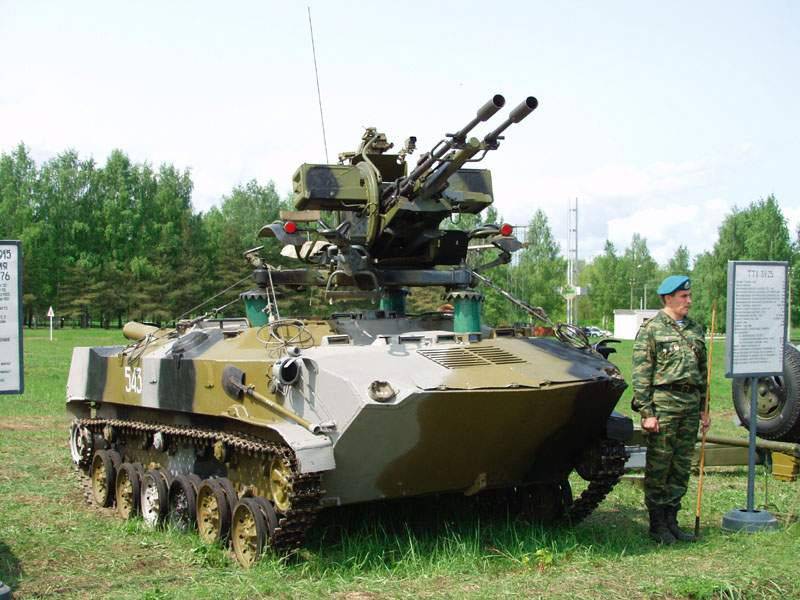
The airborne troops use the ZU-23-2 in the version of the Rattles artillery on the base of the tracked BTR-D.
Production of this anti-aircraft installation was carried out by the USSR, and then by a number of countries, including Egypt, China, the Czech Republic / Slovakia, Bulgaria and Finland. Production of 23 mm ZU-23 ammunition was carried out at different times by Egypt, Iran, Israel, France, Finland, the Netherlands, Switzerland, Bulgaria, Yugoslavia and South Africa.
In our country, the development of anti-aircraft artillery has gone the way of creating self-propelled anti-aircraft artillery complexes with radar detection and guidance ("Shilka") and anti-aircraft gun and missile systems ("Tunguska" and "Pantsir").
Based on:
Shirokorad A. B. Encyclopedia of domestic artillery.
http://www.telenir.net/transport_i_aviacija/tehnika_i_vooruzhenie_1998_07/p6.php
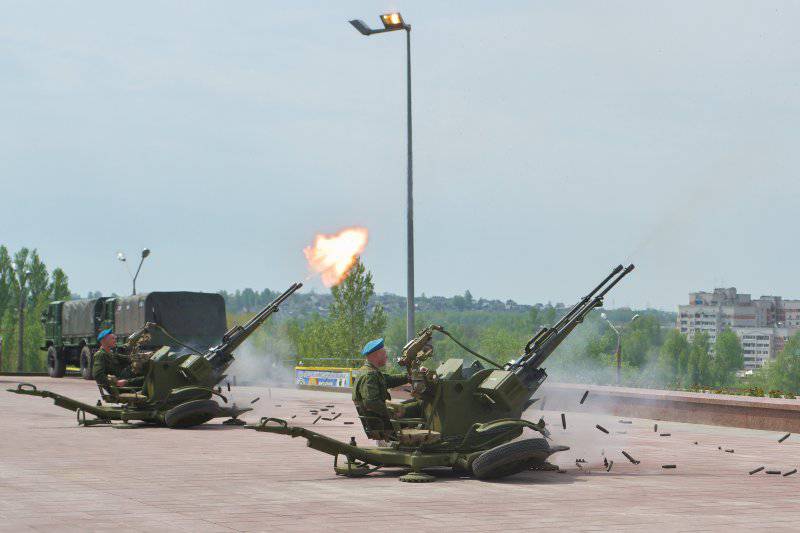
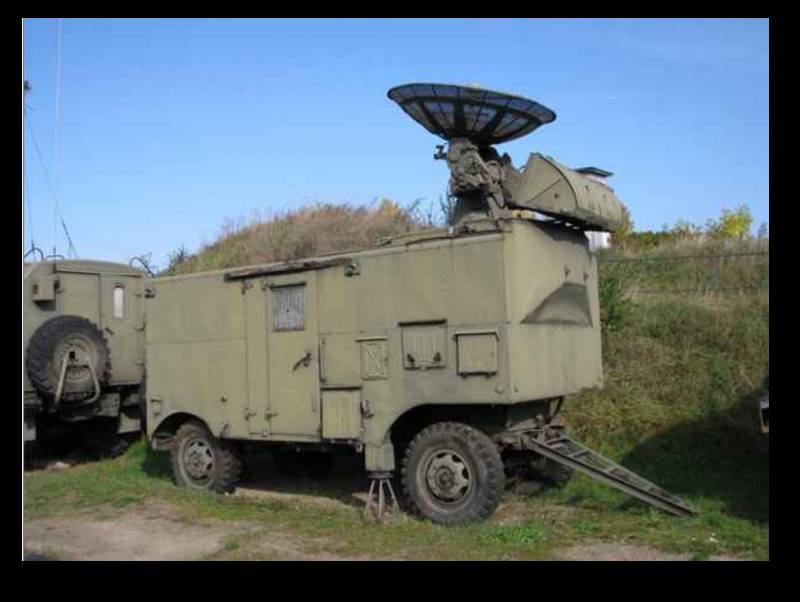
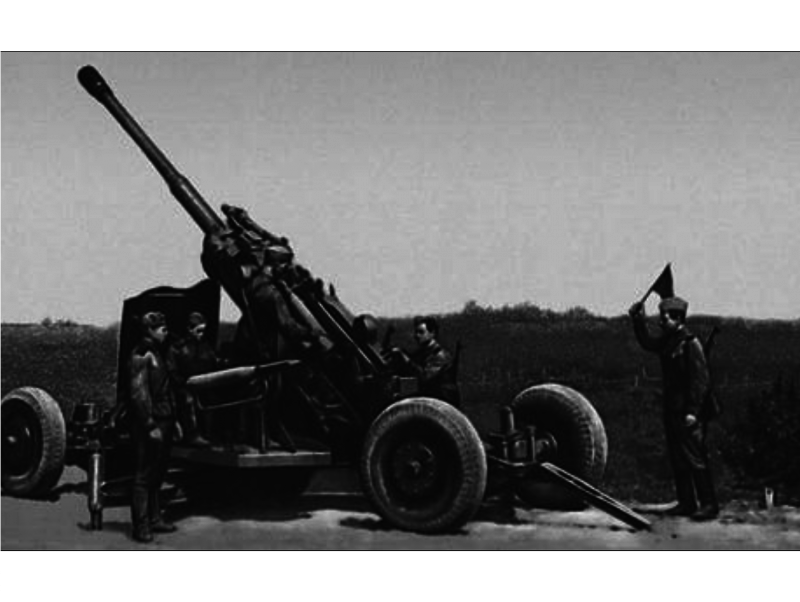
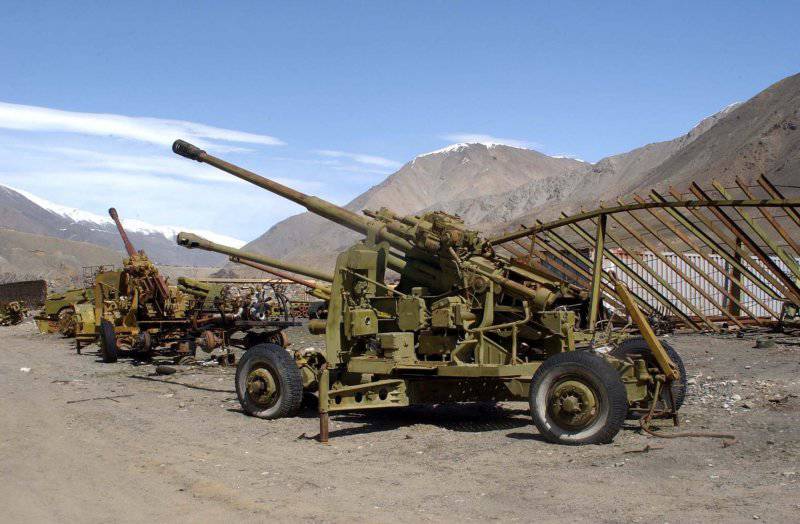
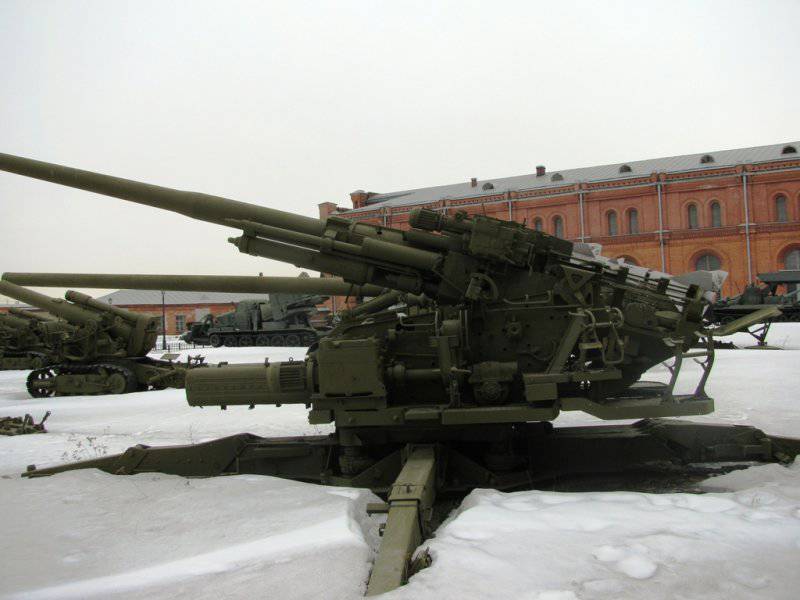
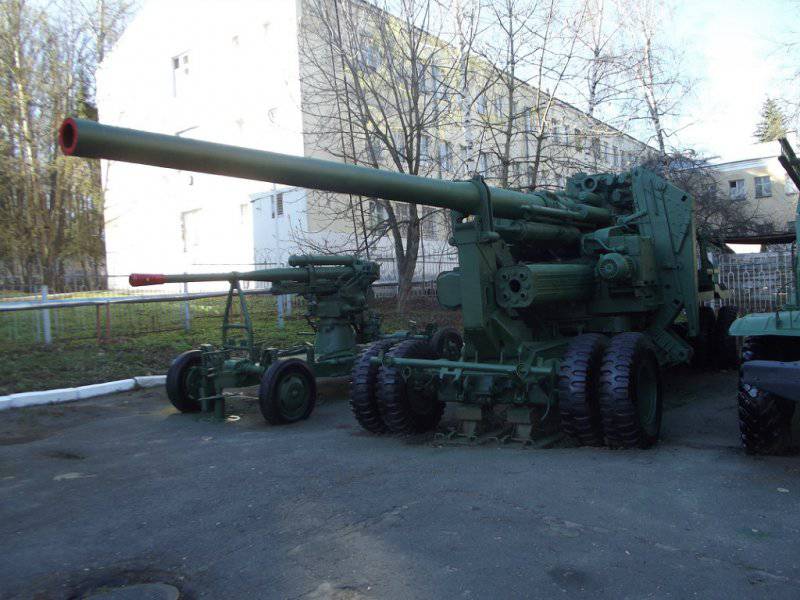
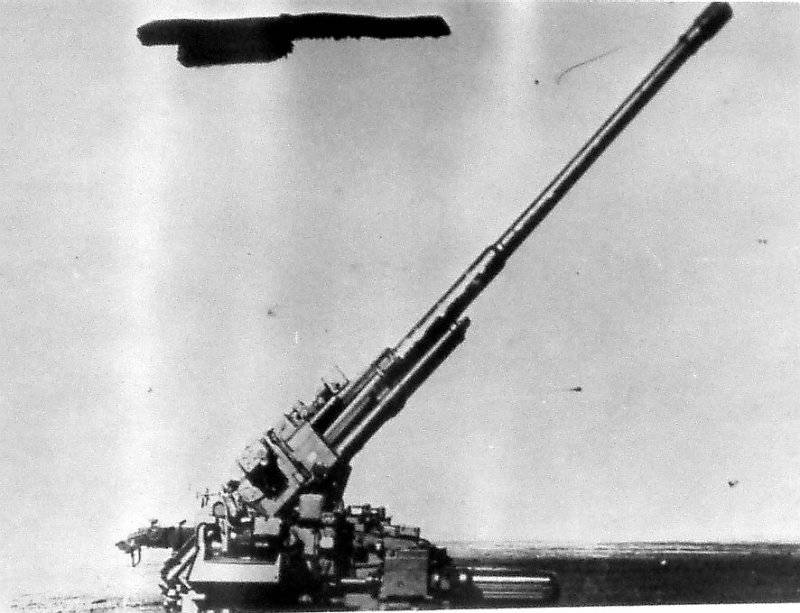
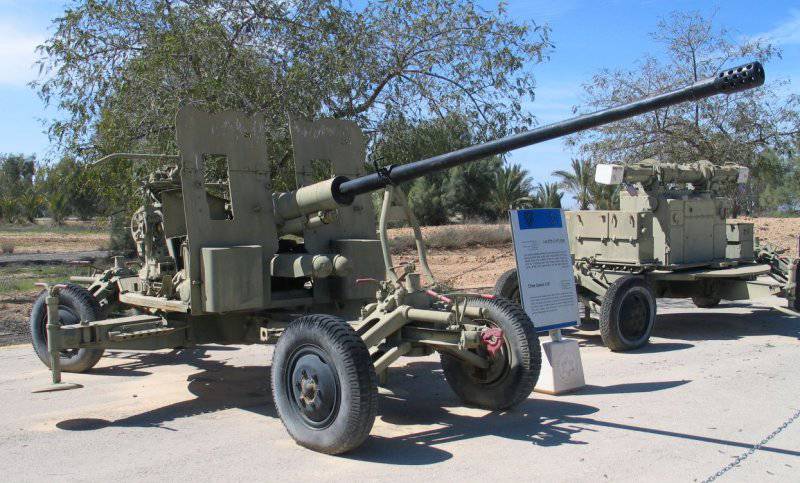
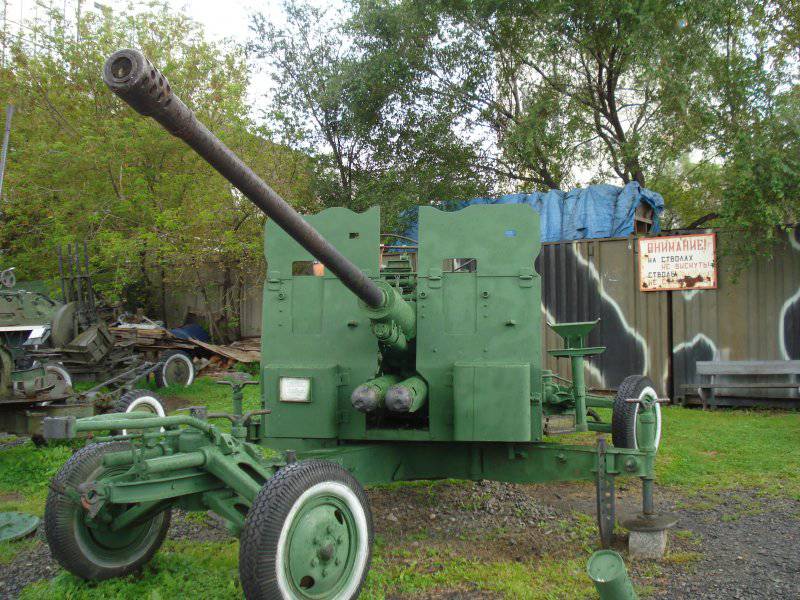
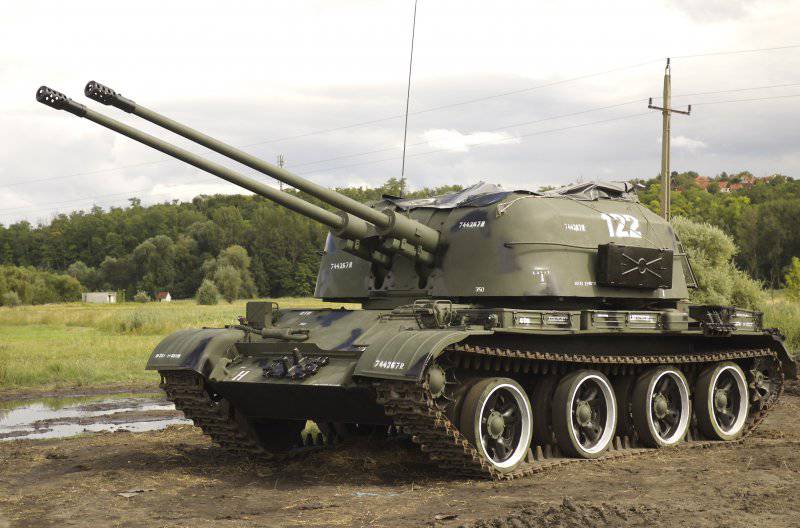
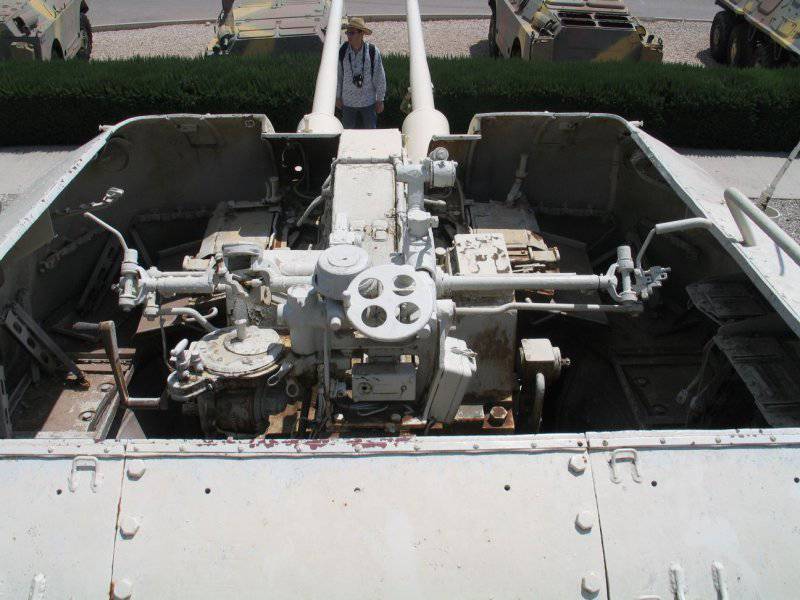
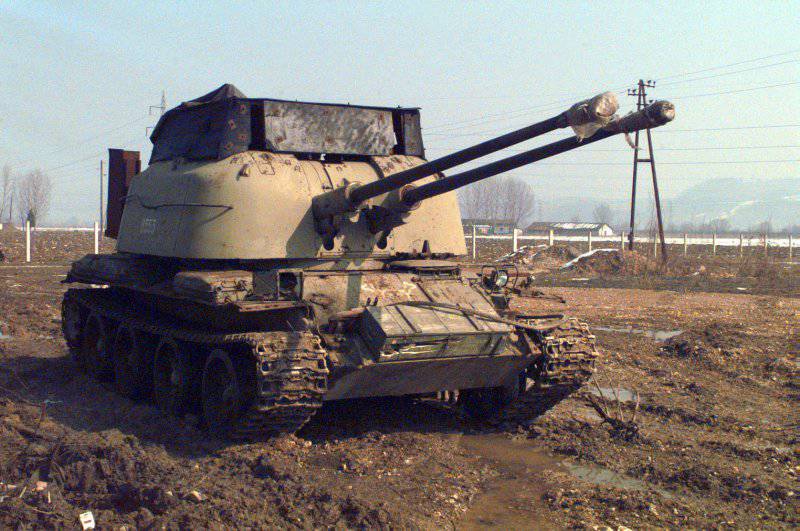
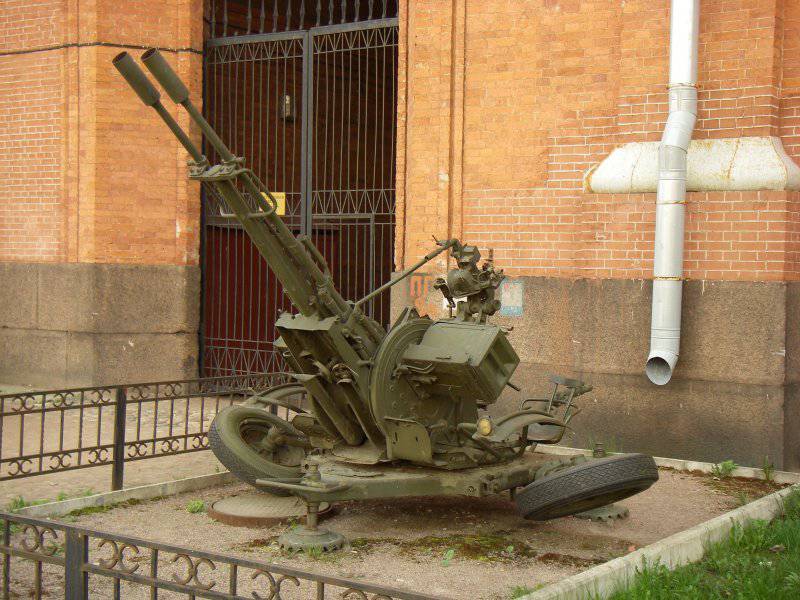
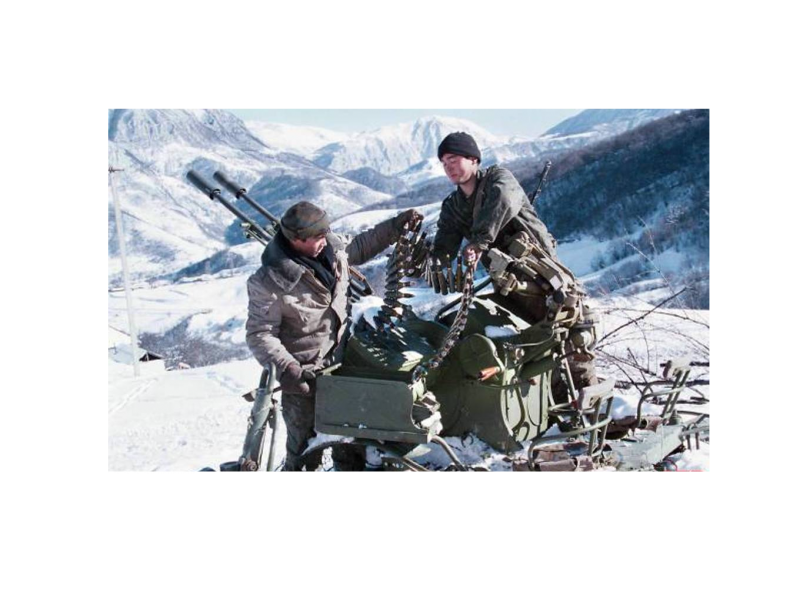
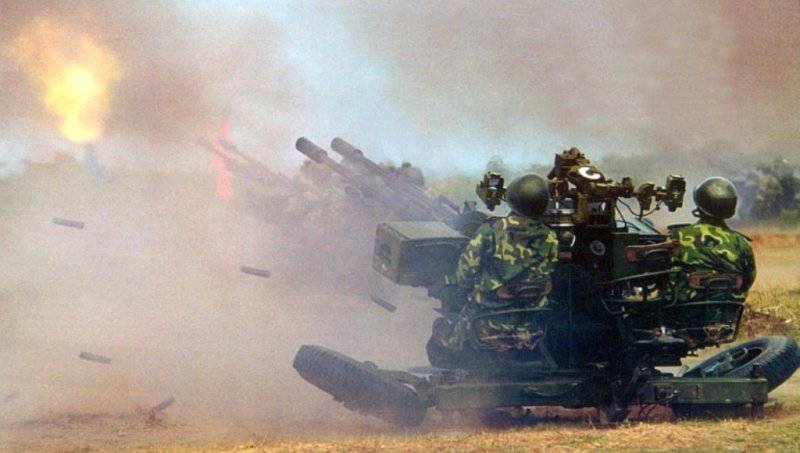
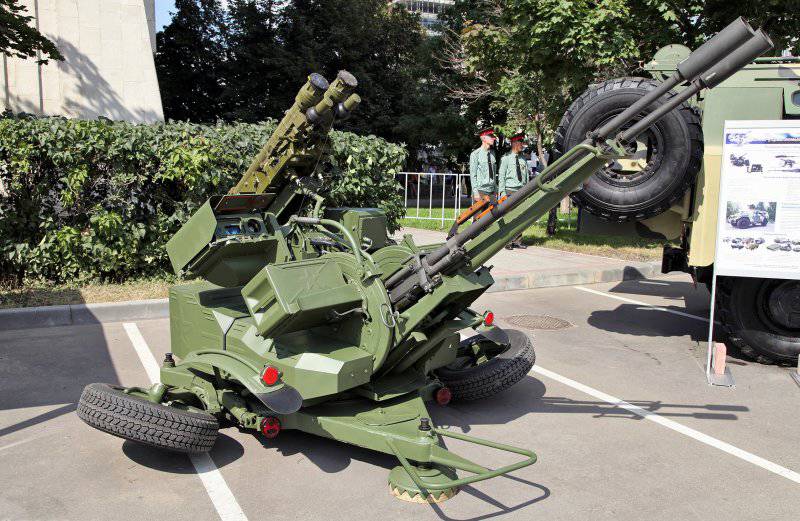
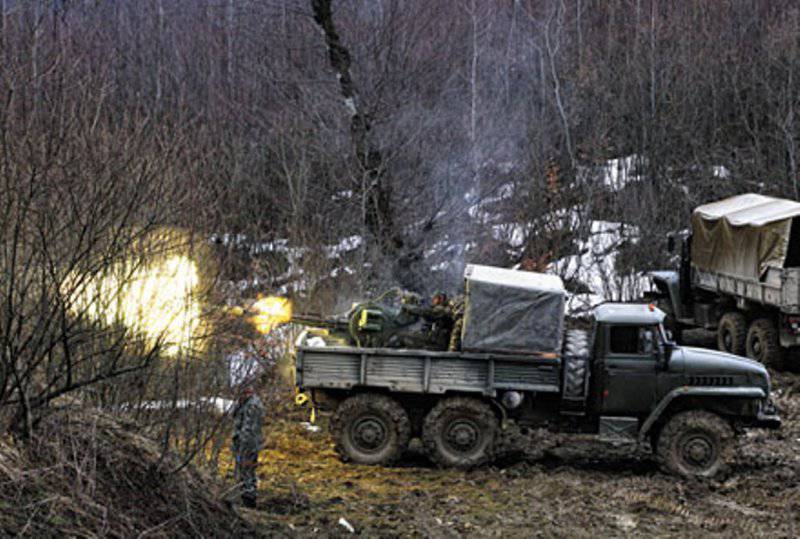
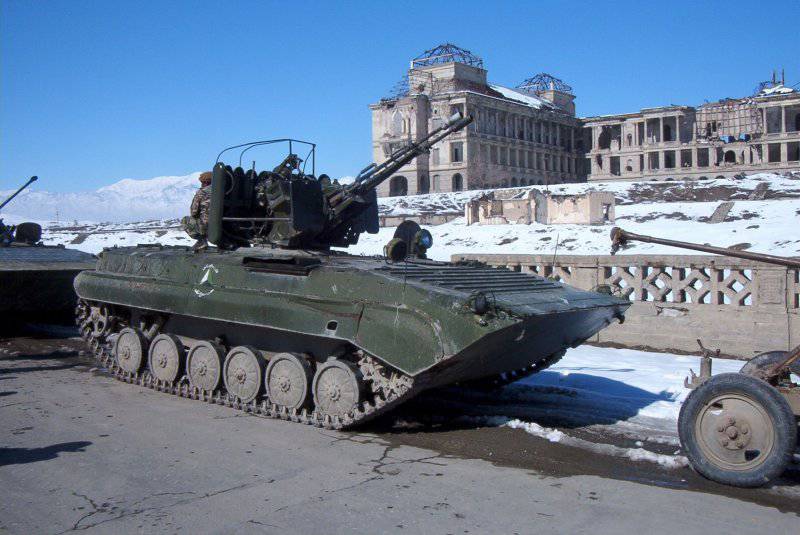
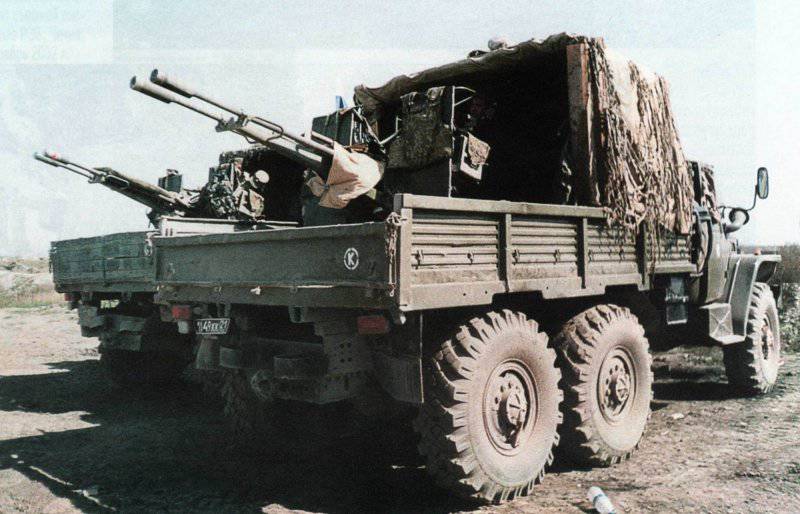
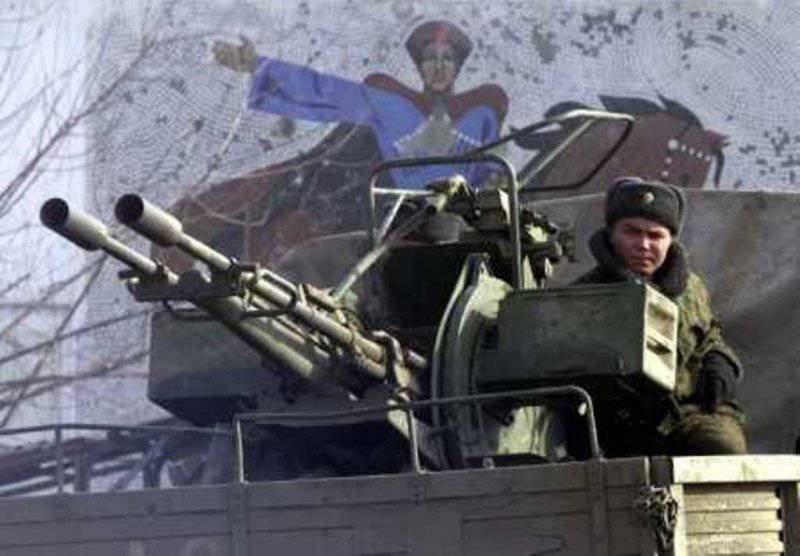
Information